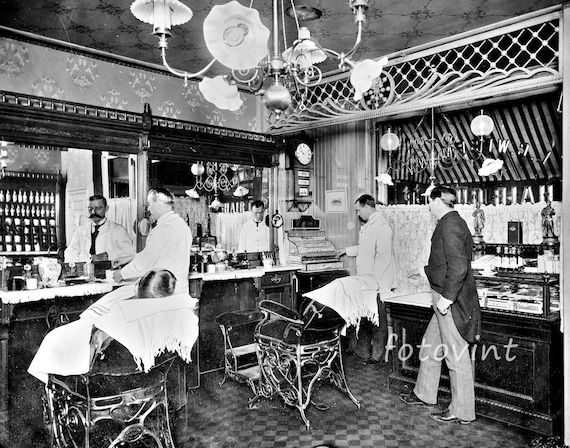Ensuring Patron Wellbeing Via Effective Wellness and Protection Standards throughout the Barbering Field
Ensuring Patron Wellbeing Via Effective Wellness and Protection Standards throughout the Barbering Field
Blog Article
This barbering industry holds a significant role in individual care and self-maintenance. Nonetheless, it is vital to emphasize the wellness and safety of both customers and stylists in this setting. Robust health and safety standards are paramount for maintaining cleanliness protocols, avoiding incidents, and ensuring a favorable interaction for all parties engaged. By adhering to these guidelines, professionals can create a safe environment that encourages confidence and ease among patrons.
One key aspect of health and hygiene in grooming is cleanliness. Barbers must adhere to rigorous cleaning protocols, including regular cleaning of tools and stations. This involves sanitizing scissors, clippers, and brushes after every use to remove the risk of transmitting bacteria or infections. Additionally, barbers should use sanitized gowns and linens for each client to promote a sanitary environment. Applying these practices not only protects customers but also boosts the credibility of the grooming establishment.
Another important regulation addresses the safe management of chemicals used in hair treatments. Products such as hair dyes, chemical straighteners, and other formulations can present hazards if not managed correctly. Barbers must follow protective protocols for the containment and application of these products to prevent skin irritations or sensitivities among customers. Wearing gloves and providing adequate ventilation during procedures are crucial measures that professionals should implement to ensure client safety while delivering quality care.
Injury avoidance is also a key element of wellness and security requirements in barbering. Barbershops should be designed with safety in mind, minimizing hazards such as wet surfaces or disorganized areas. Staff should be trained in emergency procedures, including how to handle cuts or thermal injuries that may occur during service. Supplying medical supplies and confirming that all team personnel know their locations is an effective way to prepare for unexpected incidents. By websites emphasizing safety measures, practitioners can maintain an environment where clients feel secure and well-attended.
Lastly, clear interaction is essential to supporting customer safety in the grooming industry. Stylists should engage with patrons about their needs and any possible risks associated with the services offered. This includes discussing allergies to chemicals or prior negative experiences reported by clients. By fostering open dialogue, barbers can build trust with their clients article source while delivering that they get customized attention aligned with their unique needs. In the end, upholding health and safety regulations will lead to improved client satisfaction and a thriving barbering business.